You’ve been thinking about it a lot lately, you’re ready to dive into classic car ownership and for you none other than a FullSizeFord will do. Be it a Galaxie, a luxurious LTD, a bruising Mercury Marauder fastback, or even a sweet suicide door Lincoln Continental, one of Ford Motor Company’s full size offerings is tugging at your heartstrings. Maybe even the oft-scoffed Edsel would be the car of choice to fill that lonely void in the garage. Here are a few helpful tips that will help you locate that FullSizeFord of your dreams.
First of all, you’ll want to decide what level of FullSizeFord you want to get into and also come up with a reasonable price range you are comfortable with. Be realistic. You’re not going to find a restored ’63 R-code 427 4-speed Galaxie in #1 condition for $6500 (if you do however please contact me immediately). The least expensive way to get into a car is the good ‘ol project car. Project cars can be enticing due to their low entry price but bear in mind you may be in for extensive repairs or years of searching for unobtanium parts. In the long run you may ending up paying more than it would have cost to get into a finished driver or restored car but for many the satisfaction of building your own car your way with your own hands can’t be beat. The more skills and specialized tools you have, the less you’ll have to pay someone else. Project cars seem to be the most common cars being bought and sold among your average automobile enthusiasts due to their relatively low buy-in. One person sees a “vision”, reality then sets in, and soon the car is curbed to the next individual with a “vision”. Don’t let your emotions cloud good judgement when looking at a potential project car. We in the car hobby have this unique ability or special power. We see a 1958 Edsel Pacer which has been sunk to the rocker panels since ’68 in a coastal wetland as a completed concours quality show-winning specimen. Once the rose colored glasses are removed, it’s only then that we see the rotting carcass lying lifelessly on our car trailer for what it is. The biggest issue most project car owners face is the dreaded tin worm, more commonly known as rust. You’re always better off in the long run to spend a little more for a car with less rust. East coasters, $1500 to ship a car from the west is considerably less expensive than replacing floors and quarter panels on a ’62 Galaxie Sunliner. Also keep in mind that if you’re pursuing a rare or unpopular model, rounding up parts can be a daunting task (try finding side trim for a 1964 Mercury Montclair Maurader Fastback).
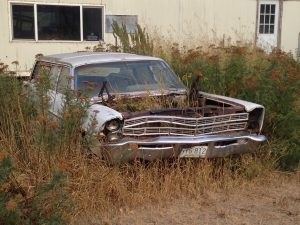
While the “vision” here on this ’67 Ford Country Sedan screams surf wagon bagged on 20’s, rest assured the road will be long and steep.
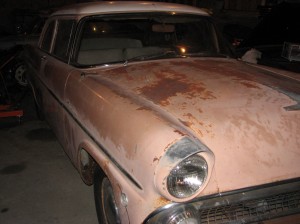
This “barn find” 1955 Ford Customline was actually rescued from a backyard. A small logging operation was required to retrieve it.
One hot button topic in the collector car hobby these days is “barn find”. The notion of finding a 24,000 original mile 1961 401HP tri-powered 390 Galaxie Starliner nesting quietly in a beautiful red barn untouched since 1964 somewhere in the rolling wheat fields of Kansas is enough to get anyone excited. But it rarely happens. Sure they are still some real gems tucked away somewhere in a farmers forgotten barn but the reality of cars advertised as “barn finds” have usually been languishing in their owners garages, under their carports, or stashed away in storage units. One term that you will often see listed simultaneously with barn find is patina. Don’t be roped into paying more than a car is worth just because it has “patina” or it is in it’s “natural state”. Loosely translated, the word patina means “needs paint.” Now don’t get me wrong, there are some cars out there definitely worth preserving in their as found condition. Just try to avoid the sellers trying to get more cash for their cars just because they need paint. A 1966 Galaxie 4-door sedan that’s been sitting under a tree for 20 years isn’t worth $10,000 because it was left outside and neglected. Another term to watch out for is “survivor”. Technically, all cars still with us today that have yet to be crushed are survivor’s, so watch out for sellers trying to fetch a premium just for using the term.
The next segment of car people shop for is a “driver” condition car. A driver quality car is typically mechanically sound, looks good from 20 feet away, but is enjoyable to drive and usually a hit at your local burger shops cruise night. They can be “works in progress”, maybe wearing primer, but typically have all the functionality that a road going car should have. Driver cars are not perfect, they may need some TLC here and there, but they let the owner experience the most satisfying part of the collector car hobby, actually driving the car. These cars were meant to be driven! One of the greatest traits of the driver car is that it’s not so perfect or over-restored that you’re afraid to take it anywhere. We’ve all seen the guy at our local car shows who doesn’t let anyone park in either space adjacent to them and ropes off a 30 foot radius around their car so no one can even get near it to admire it. No fun!
Restomods are also popular in the world of vintage cars today. Restomods are very cool renditions of our favorite vehicles of yesteryear with upgrades that enhance performance or the driving experience in general. Restomods typically look like the cars we know and love on the outside but under the skin can hide such improvements as modern fuel injected engines, overdrive transmissions, bigger wheels, tires, and brakes, upgraded suspension components, as well as modern sound systems and air conditioning. Who wouldn’t want to roll down the road in a 1955 Ford Customline packing a 400-plus horsepower multi-port injected 5.0L Coyote V8, complete with retro style 18-inch wheels wrapped around Wilwood 4-piston brakes, all the while getting 20 plus MPG with the A/C on!
The highest price tier of car you’ll encounter is the restored car or very low mileage mint-condition original. These cars will require the most cash outlay up front, but should require very little beyond other than insurance and general maintenance. At least five figures or sometimes even six will typically be required to get into this level of car. You’ll definitely want to do your homework before plunking down your hard earned cash, especially if you are buying the car with the intention of showing it at judged events. Hire a certified appraiser that is knowledgeable in the type of car you are looking at to give you some guidance before making the purchase. It will be money well spent in the long run. Attend some shows where the specific model you are interested in is being judged, ask if you can shadow the judges as they go over the cars, making note of what they are looking for. Just be polite and don’t get in the way. You can also join owner’s clubs or surf social media in forums where your particular type car is discussed. These can be sources of very valuable information. There are social media sites for just about every make and model out there.
Hopefully the information above can help get you on the right track to finding the FullSizeFord that’s right for you. In the next installment, we’ll discuss where to look for cars once you have decided which level of car you’re going to buy. We’ll also discuss some common mistakes made when shopping for cars. Thank you for tuning in.





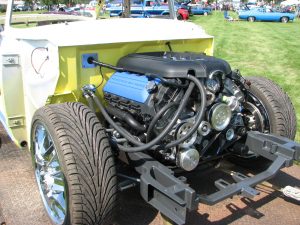
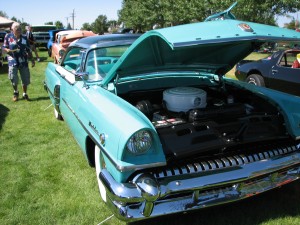
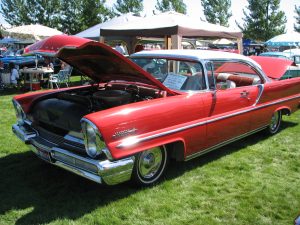

I really enjoy your commentary and site. Glad I found this site
Thanks for the kind words Joey.